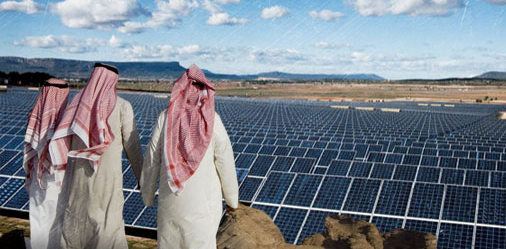The Middle East, a region long synonymous with vast oil reserves, is witnessing a transformative shift towards renewable energy, with Saudi Arabia emerging as a surprising frontrunner. This surge is driven by several factors, including the abundance of sunshine in the region, falling solar power costs, and a growing recognition of the need to diversify economies beyond fossil fuels.
Saudi Arabia boasts some of the world's most optimal conditions for solar power generation. The country receives over 2, 000 kilowatt-hours per square meter of solar irradiation annually, placing it within the sunniest global regions. Capitalizing on this potential, Saudi Arabia has set ambitious renewable energy targets, aiming to generate 50% of its electricity from clean sources by 2030.
A key driver of this solar revolution is the dramatic drop in solar energy prices. A recent project in Saudi Arabia achieved a record-low price of $10. 4 per megawatt-hour for solar-generated electricity. This significant cost reduction makes solar a compelling alternative to traditional fossil fuel-based power generation.
The shift towards renewables is not solely driven by economic considerations. Environmental concerns are playing an increasingly important role. The burning of fossil fuels contributes to greenhouse gas emissions and climate change. By embracing solar energy, Saudi Arabia aims to reduce its carbon footprint and become a more environmentally sustainable nation.
Furthermore, diversification away from oil dependence is a strategic priority for the Saudi government. The global energy landscape is evolving, and renewable energy sources are expected to play a dominant role in the future. By investing heavily in solar power, Saudi Arabia is positioning itself to remain a major energy player even as the world transitions away from fossil fuels.
This solar boom extends beyond Saudi Arabia. Neighboring countries like the United Arab Emirates and Oman are also making significant strides in developing their solar capacities. Analysts predict that the total solar energy capacity in the Middle East will surpass 100 gigawatts by 2030, reflecting a remarkable growth trajectory.
The Middle East's solar revolution is still in its early stages, but the potential is undeniable. With abundant sunshine, falling costs, and a growing sense of urgency regarding environmental sustainability and economic diversification, the region is poised to become a leader in solar energy production. This transition will have far-reaching implications, not only for the environmental and economic well-being of the Middle East but also for the global energy landscape.

